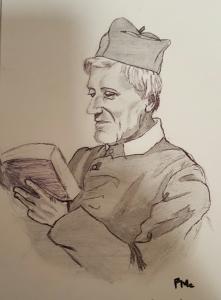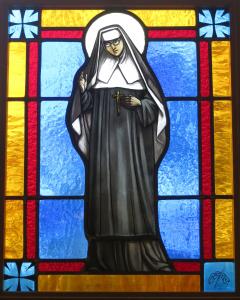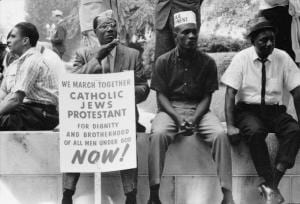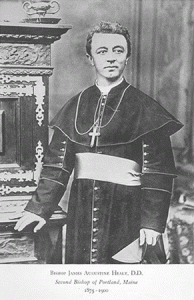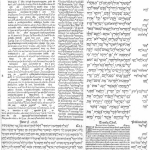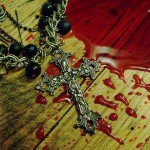Today in 1853 marks the founding of the Diocese of Brooklyn (along with several other dioceses), and the following is taken from the diocesan website, authored by yours truly:
The Diocese began in 1853 in response to the flood of German and Irish immigrants coming to Long Island. The first Bishop, John Loughlin, was himself an Irish immigrant. During Loughlin’s episcopate (1853-1891), the Diocese expanded in size and service to include a vast network of parishes, schools, hospitals, and orphanages, many run by priests and religious who were also immigrants. Bishop Charles E. McDonnell (1892-1921) established parishes and schools for new immigrant groups entering the Diocese, many from Italy and Eastern Europe, as well as for Hispanics and African-Americans. To coordinate activities, he established the forerunner of the Catholic Schools Office in 1894 and Catholic Charities in 1899. In 1908 he established the official diocesan paper, The Tablet. Under Bishop Thomas E. Molloy (1922-1956), the Catholic population exceeded one million and Catholic life flourished with new organizations. In 1930 Bishop Molloy established the Seminary of the Immaculate Conception. In 1935, the Catholic War Veterans was founded by Rev. Edward J. Higgins of Immaculate Conception, Astoria. Under the editorship of Patrick F. Scanlan (1917-1968), The Tablet achieved nationwide circulation. In 1951 Bishop Molloy was made a titular Archbishop. In the postwar years, many older immigrants began to move out of Brooklyn and Queens. As Nassau and Suffolk’s population grew, the Diocese of Rockville Centre was established under Bishop Walter P. Kellenberg in 1957. Bishop Bryan J. McEntegart (1957-1968) promoted outreach to the growing Hispanic population, sending priests and religious to study Spanish language and culture. A champion of education, McEntegart established high schools and Cathedral College, Douglaston. In response to Vatican II, McEntegart established the Pastoral Institute in 1967. In 1966 he became a titular Archbishop. As the Diocese’s immigrant population grew and diversified, Bishop Francis J. Mugavero (1968-1990) established the Catholic Migration Office, soon a model for other Dioceses and perhaps the universal Church. Mugavero also established the Catholic Medical Center. He was a driving force behind the Campaign for Human Development. In 1985, the Diocese took a leading role in the Nehemiah Project, an interfaith program that created housing for low-income families in Brooklyn, attracting national attention. Mugavero was a pioneer in Catholic-Jewish relations at the local and national level.Bishop Thomas V. Daily (1990- 2003)missionary background enabled him to meet the needs of Brooklyn’s diverse faith community. In 1990 he established the Diocesan Convocation on Racial Harmony. The 1996 Diocesan Synod brought the people of the Diocese together to determine new approaches to the future. The Disciples in Mission program helped prepare the Diocese for the Jubilee Year 2000. On August 1, 2003, Bishop Daily retired. Bishop Nicholas DiMarzio was named as Brooklyn’s seventh Bishop. Internationally renowned as an expert on immigration, Bishop DiMarzio is well qualified tolead a Diocese known as the “Diocese of Immigrants.” In his writings and his leadership, Bishop DiMarzio has committed the Diocese to the work of the New Evangelization as called for by Pope John Paul II. In a Diocese with a proud heritage of prayer and service, Mass is celebrated every Sunday in 26 languages. At its 150th Anniversary, the Brooklyn Diocese faces the future with faith, hope, and joy, the same characteristics that impelled its founders.
(The photo above, by the way, shows the 1854 Catholic Directory’s listings for the new diocese.)

.jpg)

